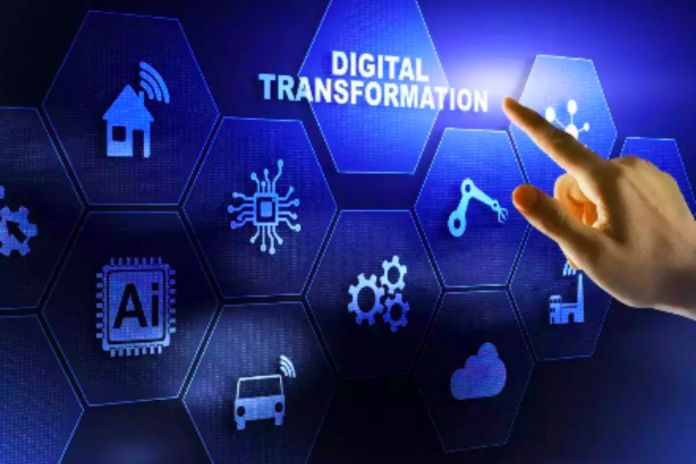Trends of Digital Transformation: With the pandemic, people were forced to change their routines quickly. In this context, technology had to, more than ever, accelerate its steps to create solutions that protect people and adapt everyday life to social distance.
Changes that might have seemed slow before had to happen immediately. The feeling is that many technologies were accelerated or developed because of the pandemic, which is invalid. What accelerated was the perception of the use of technology in people’s habits and company routines, which had to be changed overnight.
For example, companies put people to work from home for days, in a process that would typically take years. Here, too, we broke another great paradigm: the paradigm in which companies understood that performance was directly related to the employee’s physical presence. And what a surprise when many of them understood that in this new remote format, their workforce became many times even more efficient!
So, what’s new in the digital transformation universe in 2021? In my view, the new is what companies needed (and still need) to do to adapt to a new context. This involves consuming available technologies much faster, more efficiently, more securely, and in a more structured way.
But here we have a development barrier: companies in the country are at different maturity levels in the transformation journey. Some companies are going digital, and others are going digital. It looks the same, but they are entirely different directions.
Even Bigger Spotlight On The Cloud
There has never been much talk about the cloud as this last year. The point now is the need to optimize consumption, which will determine the pace and direction of new technologies for infrastructure, applications, and security.
Connecting and managing multiple cloud resources in business will be one of IT’s most significant operational challenges. To follow a successful path, it is necessary to evolve in the orchestration of hybrid and multi-cloud environments, in addition to more substantial investment in the modernization of applications to optimize cloud consumption and give greater agility to the development of new digital products and services.
Security Solutions
With the change in scenario caused by the pandemic, most organizations understood that their environment was not prepared to deal with cloud security and the diversity and dispersion of endpoints, and they invested in security solutions. This movement also requires greater control of identities and access, in addition to the visibility and protection of data. This topic has also gained much attention due to the new rules of the General Data Protection Law (LGPD).
More than ever, companies will have to introduce solutions that bring greater intelligence (such as Artificial Intelligence and Machine Learning), allowing greater automation of the analysis of security events, with strategies that prioritize data protection and workloads.
Transformation Of Management Platforms Toward The Cloud
The need to consolidate multiple solutions, reduce complexity, and greater alignment in the face of advancing ecosystems and digital channels has become necessary in the current scenario.
As motivators, the expansion and diversification of offers added to the business modernization needs. Customer Experience (CX) gains relevance and demands solutions that enable Digital First, greater automation, and contactless experiences.
The growing importance of cloud environments to support business processes will require greater attention from technical teams in several aspects: data integration, data security, access control, cost/contract management, etc. As a result, business areas will become increasingly concerned about the integration capabilities between the various cloud solutions.
To Keep An Eye Out
The digital transformation in the pandemic scenario has also shed light on other topics that need to be on the radar of organizations.
- Massification of 5G: with the excellent penetration of mobile service, the high adoption of smartphones, and the use of data services, the 5th generation emerges with an emphasis on the B2B segment and as a great enabler of other technologies.
- Connectivity redefined: It is becoming increasingly clear that legacy network architectures will not be enough in a world dominated by mobility and cloud, where connectivity is offered with high bandwidth and low latency to thousands of devices. The COVID-19 pandemic has only accelerated the importance of connectivity as an enabler of digital transformation initiatives.
- Edge at the heart of decisions: Edge computing, which optimizes the use of electronic devices that can be connected to the internet, as it seeks to bring computing closer to the source of the collected data, is emerging as the preferred technology to drive process automation in various sectors and bring new opportunities for efficiency, resulting in lower costs.
- Endpoint recovery (notebooks and tablets): category has developed products a lot in recent years, and, in some cases, even a smaller volume of units can generate value growth. Significant growth in the corporate segment and, mainly, in the education segment should present incredible growth.

